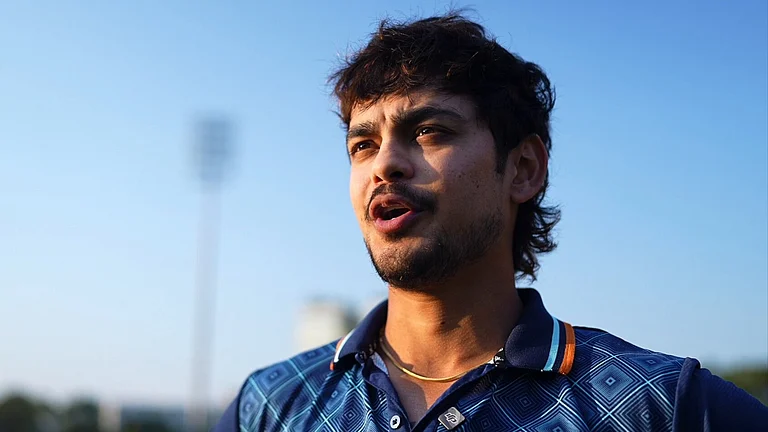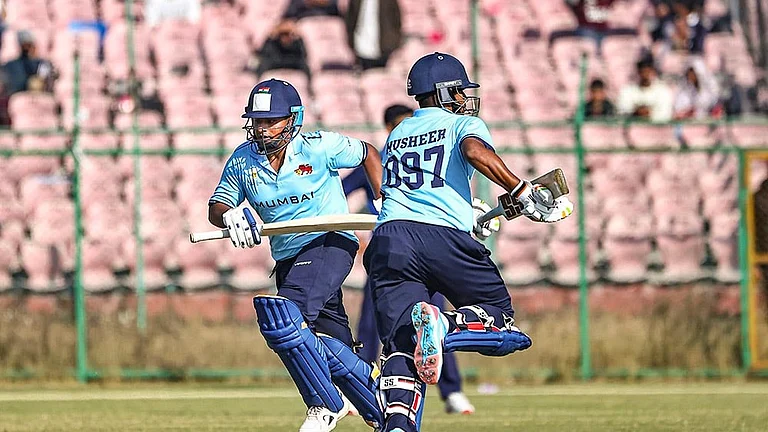In 2021, when the remains of 215 indigenous children from Kamloops Indian Residential School in Canada were dug out, it brought back memories of colonialism, dispossession, genocide and apartheid. Though the Truth and Reconciliation Commission—formed to repent and reconcile with thousands of indigenous people belonging to different communities—tried to form a conciliatory bridge, the traces of genocide repeatedly came out to haunt the memories of settlers.
The history of colonialism in Canada can be traced back to the 11th century, when evidence suggests the Vikings waged war on the indigenous population in the coastal region. The Basque sailors’ presence across the coast of Labrador could be found from the early 16th century. However, the major attacks on indigenous communities by the colonisers started in the 18th century.
From 1701, the British Crown began to engage in treaties with the indigenous communities that stripped them of their land rights and reduced them to mere cultural entities. Though the Peace and Friendship treaty with the people from Mi’kmaq and Maliseet communities was projected as a truce, in reality, it forced the people to cede their land rights against certain benefits like “reserve lands elsewhere, farming equipment and animals, annual payments, ammunition, clothing and some rights to hunt and fish.”
After the war with the Crown in 1812, the condition of the indigenous people became so poor—both due to the war crimes committed by the British and the smallpox that killed thousands—that they ended up signing more treaties. However, in 1876, the white Canadian government brought in The Indian Act that controlled most of the aspects of indigenous lives. These pushed away the indigenous people from building cities, railways and roads.
The oppression reached its peak in the 1920s when the indigenous children were taken away from their families and forced into residential schools in order to ‘civilise’ them. Though the last residential school was closed down in 1996, the survivors still suffer from mental trauma, post-traumatic stress disorder, loss of languages and traditional knowledge, issues in childbearing and family relationships.
Despite the resistance from the indigenous communities, the dispossession has continued unabated.



























